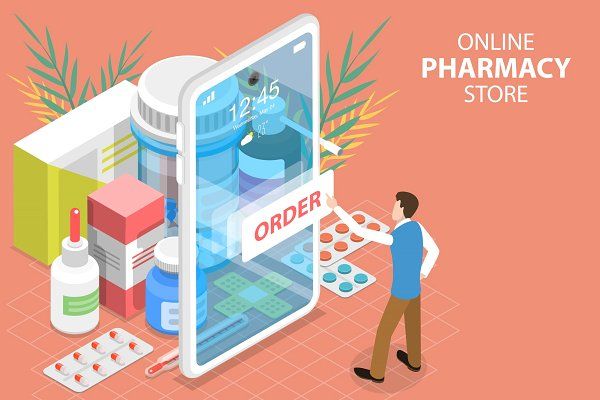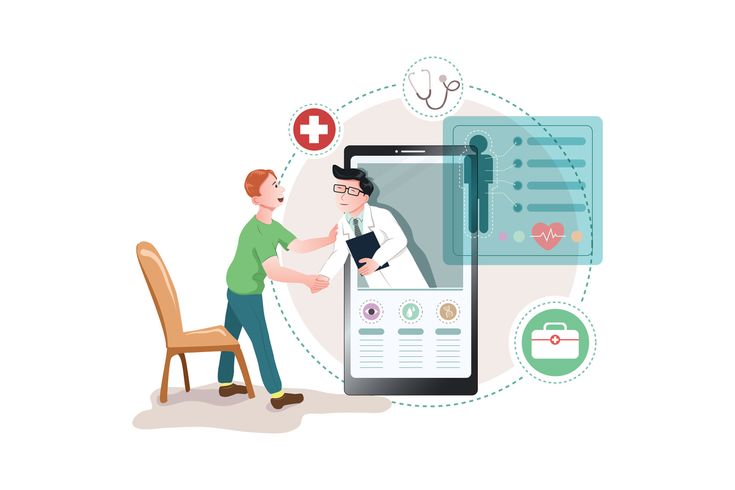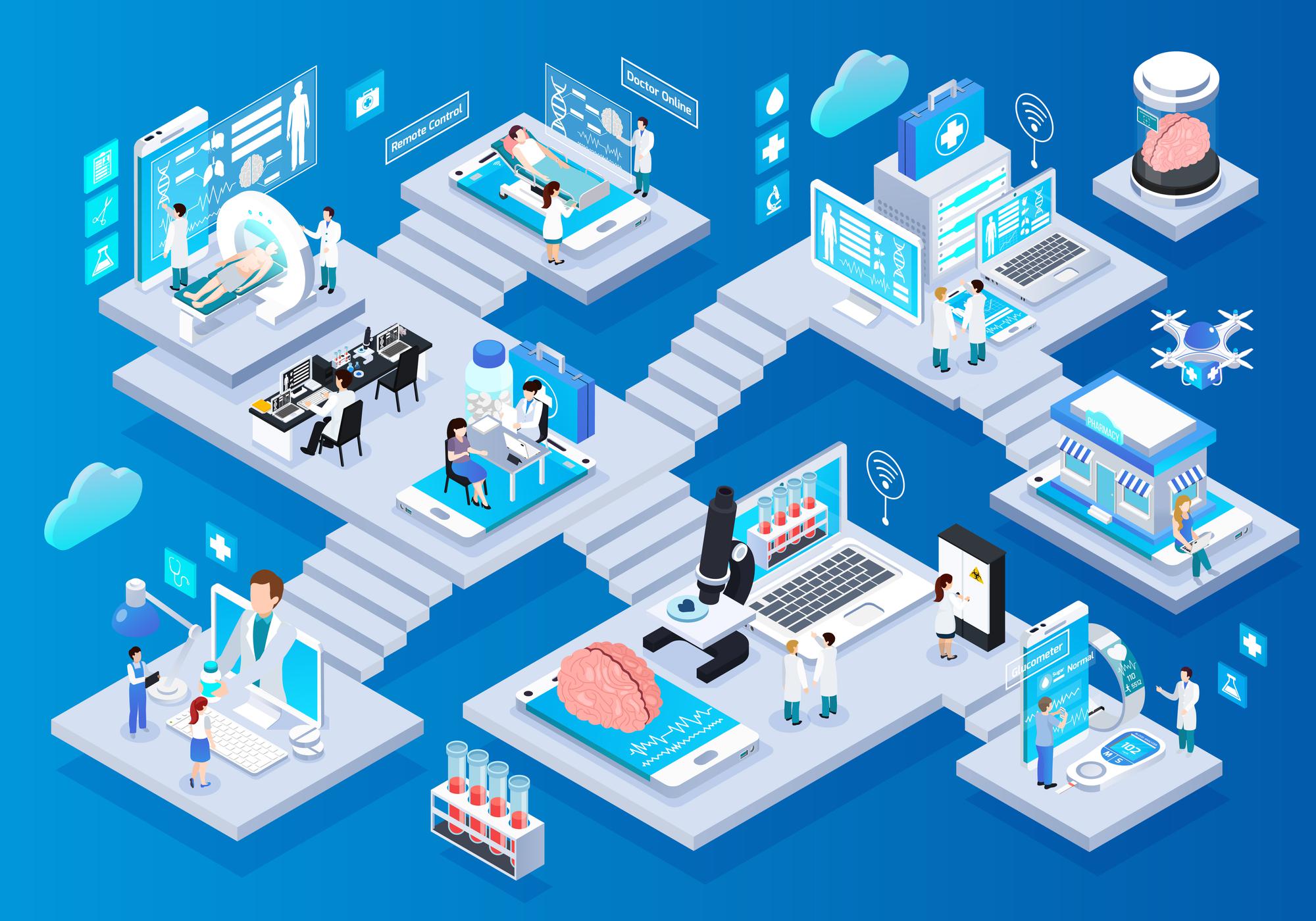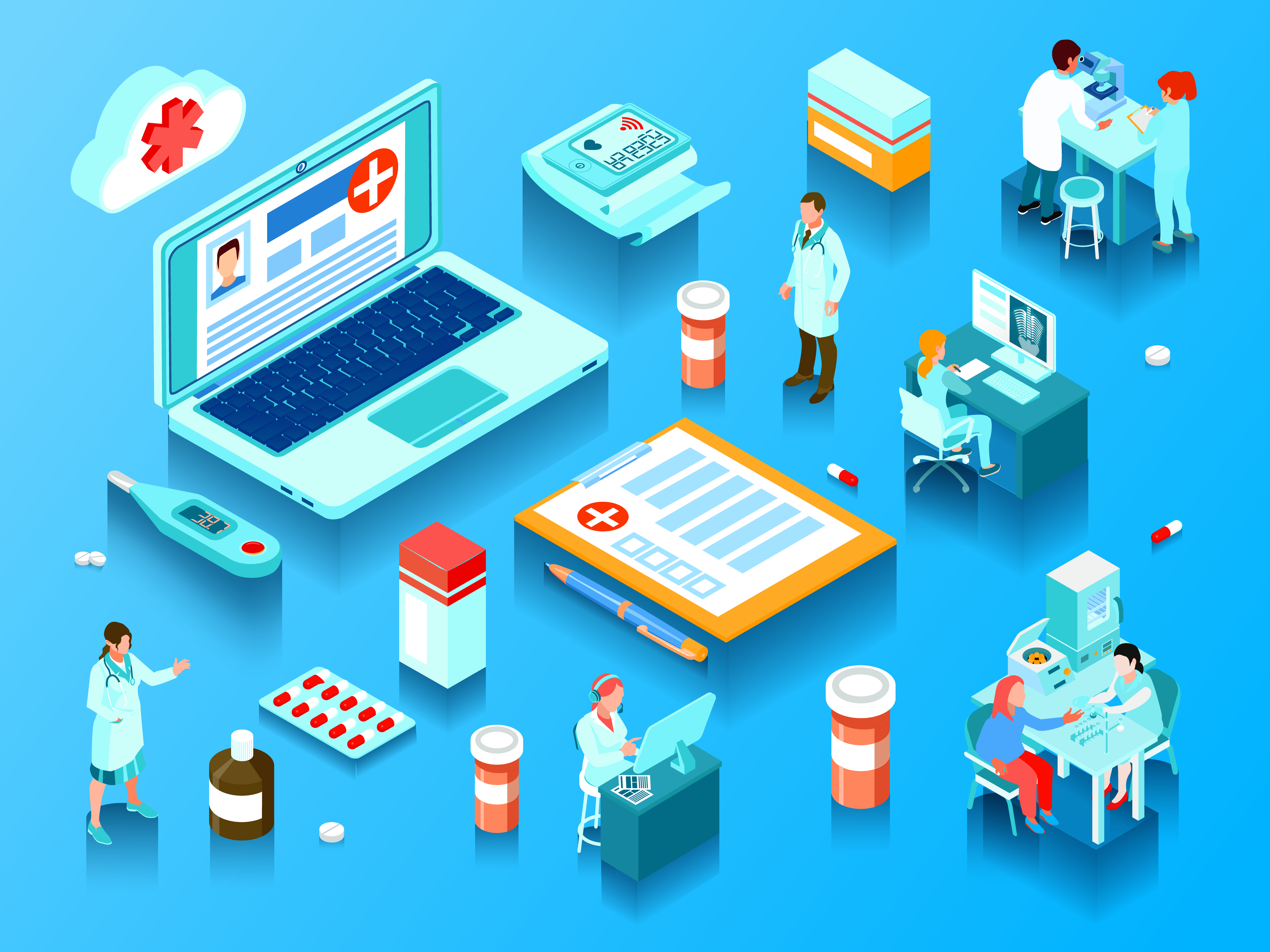
Transform Your Diagnostic Imaging with Super Dr's Advanced RIS PACS
In the intricate world of medical imaging, from the high-stakes performances of CT and MRI scans to the precise choreography of PET Scans and Cardiac Cathlabs, every participant faces unique challenges. Hospitals and diagnostic centers grapple with scheduling symphonies, while radiologists and technicians play a never-ending game of musical chairs with images and reports. Patients, on the other hand, often feel like they're lost in a maze, trying to find their way to their next appointment.
The Unsung Heroes and Their Struggles:
Hospitals and Diagnostic Centers:
Juggling a myriad of appointments without a hitch is akin to conducting an orchestra without a baton.
Radiologists:
Sifting through a mountain of images without efficient tools is like finding a needle in a haystack, in the dark.
Technicians:
Ensuring the seamless transfer of images is as daunting as passing a baton in a relay race on a slipperytrack.
Patients:
Keeping track of appointments and results without direct access feels like being a detective in one's own health mystery.
Did You Know?
The first CT scan took several hours to complete the scan itself, and days to process the images. Today, we're whizzing through scans in minutes, thanks to technological advancements. Imagine the wait back then!
A Little Giggle:
Why did the radiologist break up with the X-ray? Because he saw right through her!
MRI:
Did you know that the first MRI exam on a human took place in 1977 and lasted almost five hours? Today,thanks to technological advancements, most MRI scans take just 30 to 60 minutes.
X-ray:
X-rays were discovered by accident in 1895 by Wilhelm Conrad Roentgen. He won the first Nobel Prize in Physics in 1901 for this discovery, which revolutionized diagnostic medicine.
Cardiac Cathlab:
The first human cardiac catheterization, which involves threading a thin tube through a blood vessel to the heart, was daringly performed by Werner Forssmann on himself in 1929. This groundbreaking procedure laid the foundation for modern interventional cardiology.
A Business Perspective:
Integrating online appointments, loyalty programs, and feedback mechanisms isn't just about modernization; it's about transforming the patient experience into a seamless journey, enhancing operational efficiency, and ultimately, boosting the bottom line. It's the difference between a one-time visit and a lifelong patient relationship. By embracing a comprehensive RIS PACS system with mobile app integration, we're not just solving the immediate challenges; we're setting the stage for a future where every stakeholder dances in harmony, leading to a crescendo of enhanced patient care, streamlined operations, and a healthier bottom line.
For the Super Dr RIS PACS and Mobile Apps, the benefits can be outlined as follows:
For Hospitals and Diagnostic Centers:
• Streamlined scheduling and imaging workflow.
• Enhanced data management and storage solutions.
• Improved operational efficiency and cost savings.
For Radiologists:
• Quick and easy access to imaging studies from anywhere.
• Advanced tools for image analysis and reporting.
• Enhanced collaboration with referring physicians.
For Technicians:
• Simplified and automated Registration process with integrated guidelines.
• Real-time updates and notifications for imaging tasks.
• Enhanced patient data management and security.
For Patients:
• Convenient access to appointments and imaging results.
• Improved communication channels with healthcare providers.
• Personalized health insights and recommendations.
Interventional Cardiologists:
• Enhanced visualization tools In OPD.
• Real-time access to patient records and reports during interventions.
• Integrated patient data for informed clinical decisions.
Interventional Radiologists:
• Streamlined workflow for minimally invasive procedures.
• Immediate access to prior and current imaging.
• Collaborative tools for multidisciplinary case reviews.
What is the difference between CT and MRI scans?
CT scans use X-rays to create detailed images of the inside of the body, ideal for diagnosing bone and joint issues. MRI uses magnetic fields and radio waves, better suited for soft tissues like the brain, spinal cord, and muscles.
Is radiation from X-rays and CT scans safe?
While X-rays and CT scans involve exposure to radiation, the doses are typically low and the risk is considered small compared to the benefits of accurate diagnosis.
How should I prepare for an MRI, CT, or X-ray?
Preparation can vary: MRI may require fasting and removal of metal objects, CT might need a contrast dye, and X-ray usually requires little to no special preparation.
Can I get an MRI if I have metal implants?
Inform your doctor of any metal implants, as some may be MRI-safe while others are not.




